Achieve Unmatched Visibility and Control
Gain full control over your systems with our advanced monitoring solutions. We provide real-time dashboards and alerts, ensuring optimal performance, reliability, and adherence to SLAs.
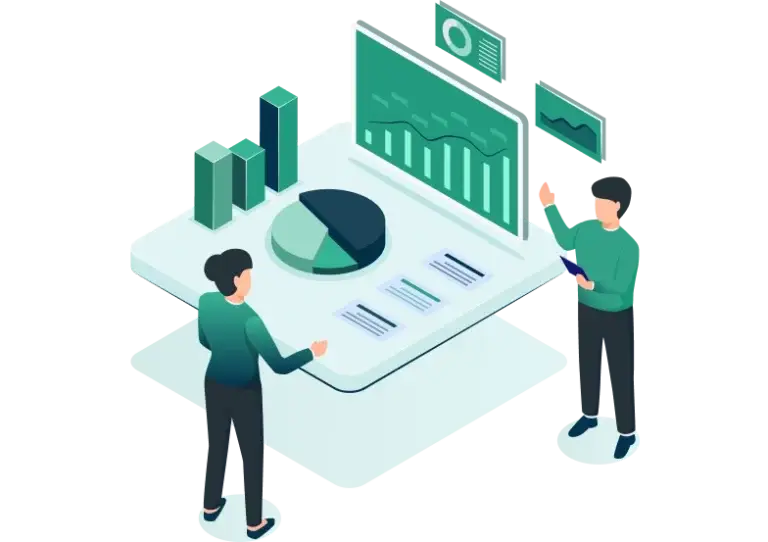
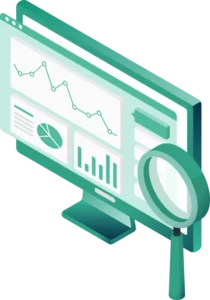
What is Monitoring & Observability?
To ensure system reliability and smooth operations in the cloud, it’s essential to have a strong monitoring and observability framework in place. SquareOps offers a comprehensive solution that provides real-time visibility into your cloud infrastructure and applications, ensuring you can quickly detect and respond to issues before they impact your users.
Observability extends beyond basic monitoring by providing deep insights into the behavior of your applications and services, enabling you to troubleshoot more effectively.
Benefits of Monitoring and Observability
Early Detection
Identify performance bottlenecks before they escalate, allowing for timely interventions that enhance system stability.
Service Reliability
Ensure continuous availability through proactive monitoring, minimizing disruptions and maintaining user trust.
Faster Trobleshooting
Quickly diagnose issues with detailed logs and traces, reducing downtime and improving overall system efficiency.
Incident Response
Streamline incident management processes for rapid resolution, ensuring minimal impact on operations and user experience.
Improved Security
Integrate security measures into monitoring practices, protecting applications and data from potential threats.
Customer Experience
Deliver a seamless experience by proactively addressing issues, leading to higher satisfaction and loyalty among users.
Key Components of Monitoring and Observability
-
Infrastructure Monitoring
-
Application Performance Monitoring (APM)
-
Security Monitoring
-
Tracing and Telemetry
-
Dashboards and Analytics
-
Alerting and Notifications
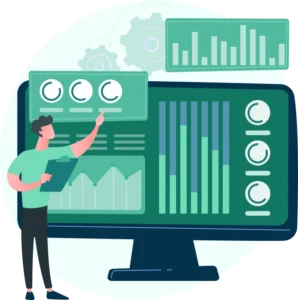
Ensures the health and performance of your cloud infrastructure, tracking resource usage, network performance, and system availability to identify potential issues before they impact operations.
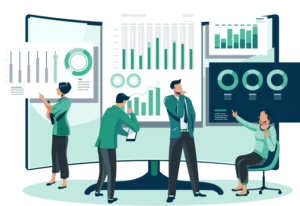
Monitors application metrics and response times, helping to detect performance bottlenecks and ensuring optimal user experiences by analyzing real-time data on application behavior.
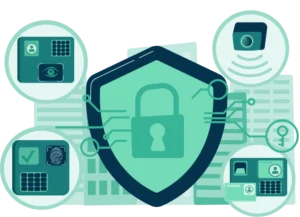
Provides continuous oversight of security events and anomalies within your applications and infrastructure, enabling rapid detection and response to potential security threats.
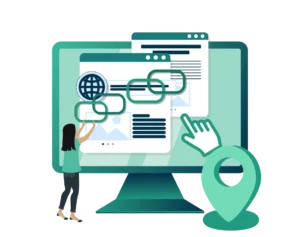
Offers insights into the flow of requests through your applications, providing visibility into interactions between components to troubleshoot performance issues and optimize processes.
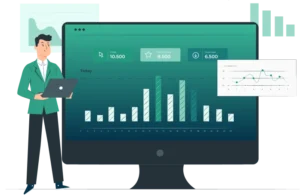
Visualizes data collected from various sources, enabling teams to analyze trends, monitor KPIs, and make informed decisions based on real-time information.
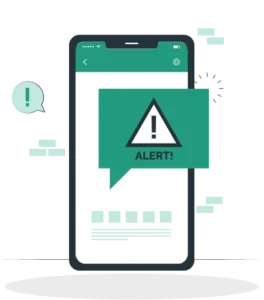
Sends automated alerts based on predefined thresholds and conditions, ensuring that the right teams are notified promptly of issues, enabling quick remediation and minimizing downtime.
Infrastructure Monitoring
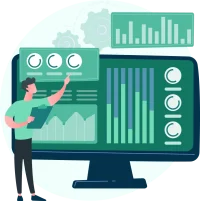
Ensures the health and performance of your cloud infrastructure, tracking resource usage, network performance, and system availability to identify potential issues before they impact operations.
Application Performance Monitoring (APM)

Monitors application metrics and response times, helping to detect performance bottlenecks and ensuring optimal user experiences by analyzing real-time data on application behavior.
Security Monitoring
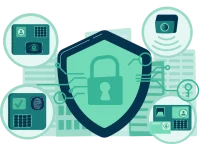
Provides continuous oversight of security events and anomalies within your applications and infrastructure, enabling rapid detection and response to potential security threats.
Tracing and Telemetry
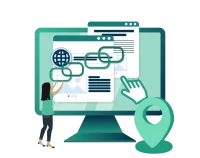
Offers insights into the flow of requests through your applications, providing visibility into interactions between components to troubleshoot performance issues and optimize processes.
Dashboards and Analytics
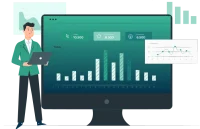
Visualizes data collected from various sources, enabling teams to analyze trends, monitor KPIs, and make informed decisions based on real-time information.
Alerting and Notifications

Sends automated alerts based on predefined thresholds and conditions, ensuring that the right teams are notified promptly of issues, enabling quick remediation and minimizing downtime.
Why Choose SquareOps for Monitoring Solutions?
With our expertise in monitoring and observability, we deliver comprehensive solutions that enhance visibility and performance across your cloud infrastructure. Our dedicated team leverages advanced technologies and best practices to ensure that your systems are always operational, efficient, and secure.
Cost-Effective Solutions
Experienced Architects
Security Focus
Security Focus
Tailored Monitoring Solutions
Our monitoring frameworks are customized to meet your specific needs, ensuring optimal performance and reliability tailored to your business operations.
Proactive Incident Management
We use advanced analytics and data insights to continuously improve infrastructure performance and operational efficiency
Comprehensive Visibility
Our solutions offer full visibility into your applications and infrastructure, giving you the data you need to make informed decisions.
Expert Team Support
Our skilled professionals are dedicated to ensuring your monitoring tools and processes are effectively implemented, maintained, and optimized for maximum efficiency.
Optimize cloud performance with proactive monitoring and real-time visibility.
Success Stories

How SquareOps Supports OurShopee With 24×7 Managed DevOps Services for a High-Traffic E-Commerce Platform
- Case Studies
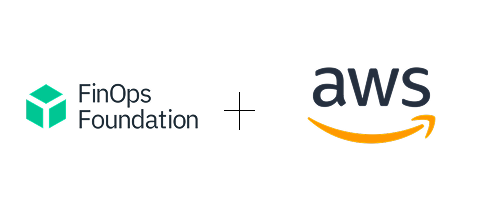
How SquareOps Helped a FinTech Startup Reduce AWS Spend After a Cost Spike
- Case Studies

Streamlining Deployments for Loconav with Automation
- Case Studies
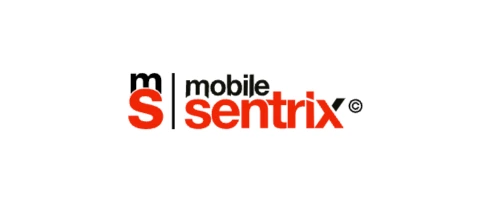
Scaling DevOps & Performance for MobileSentrix
- Case Studies
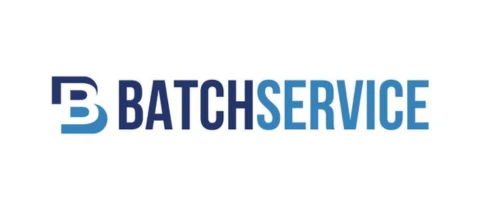
Migration of MongoDB & Elasticsearch to AWS
- Case Studies
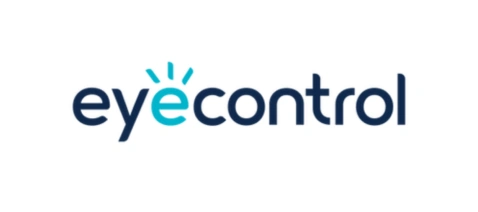
AWS Control Tower Strategy For EyeControl
- Case Studies
Tools we use



























Latest From our Blog
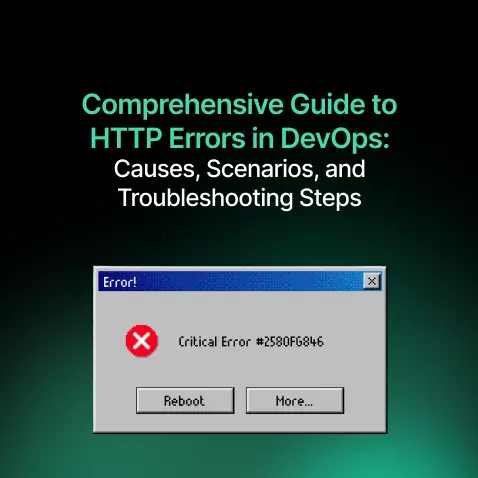
Comprehensive Guide to HTTP Errors in DevOps: Causes, Scenarios, and Troubleshooting Steps
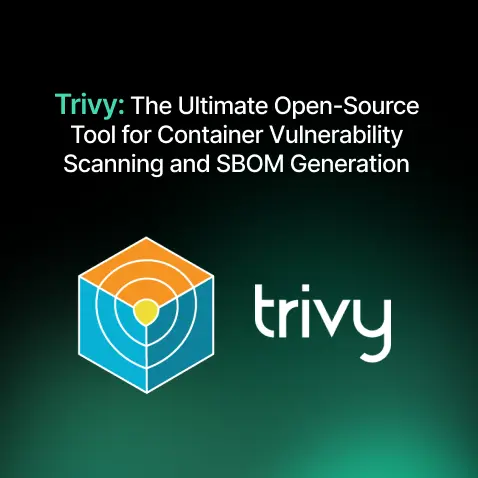
Trivy: The Ultimate Open-Source Tool for Container Vulnerability Scanning and SBOM Generation
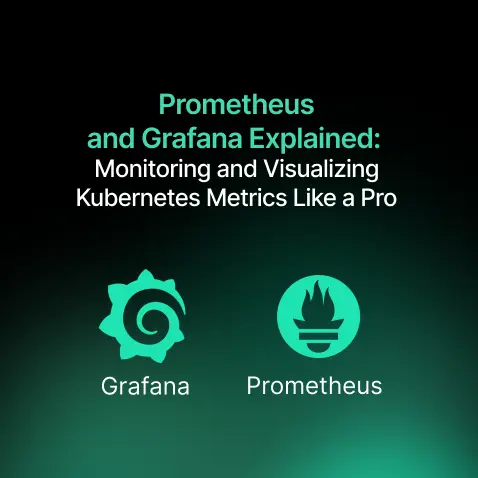
Prometheus and Grafana Explained: Monitoring and Visualizing Kubernetes Metrics Like a Pro
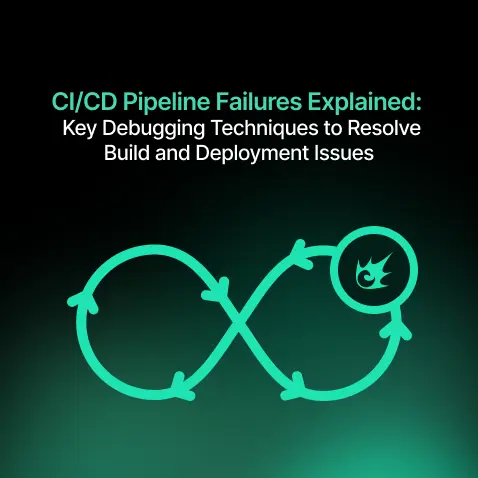
CI/CD Pipeline Failures Explained: Key Debugging Techniques to Resolve Build and Deployment Issues
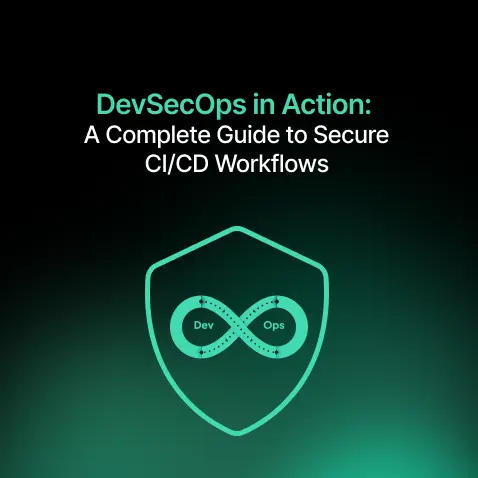
DevSecOps in Action: A Complete Guide to Secure CI/CD Workflows
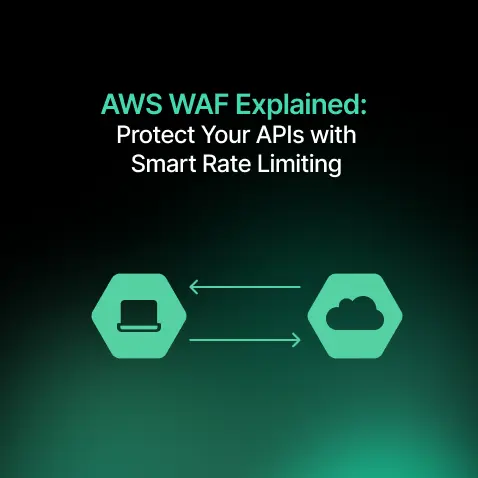
AWS WAF Explained: Protect Your APIs with Smart Rate Limiting
Stay Ahead in the World of DevOps
Latest From our Blog

Comprehensive Guide to HTTP Errors in DevOps: Causes, Scenarios, and Troubleshooting Steps

Trivy: The Ultimate Open-Source Tool for Container Vulnerability Scanning and SBOM Generation

Prometheus and Grafana Explained: Monitoring and Visualizing Kubernetes Metrics Like a Pro

CI/CD Pipeline Failures Explained: Key Debugging Techniques to Resolve Build and Deployment Issues

DevSecOps in Action: A Complete Guide to Secure CI/CD Workflows

AWS WAF Explained: Protect Your APIs with Smart Rate Limiting
Stay Ahead in the World of DevOps
Explore How SquareOps can help you with your DevOps needs? Talk to an expert!
Frequently asked questions
It provides visibility to detect and resolve issues quickly, ensuring consistent uptime.
They include infrastructure monitoring, APM, tracing, dashboards, and alerting.
Best practices include setting up real-time alerts, using metrics and tracing for detailed insights, automating incident response, implementing log management, and continuously updating monitoring tools.
It ensures issues are detected and addressed promptly to prevent user impact.
By detecting performance issues early and automating incident alerts for quick responses.
Observability helps track unusual system behavior, detect anomalies, and capture security breaches early by providing visibility into both infrastructure and application layers, strengthening overall security.
Monitoring tracks resource usage, identifies idle or over-provisioned services, and helps adjust workloads efficiently, leading to better cost management and reduced cloud spending.
SquareOps uses tools like Prometheus, Grafana, ELK Stack Loki and kibana for comprehensive monitoring and observability, covering metrics, logs, and tracing. These tools ensure real-time insights and system performance analysis.
Log management provides detailed records of system activities, enabling root-cause analysis, auditing, and real-time tracking of incidents, crucial for identifying and addressing issues promptly.
Monitoring tracks system health and observability offers deeper insights into behavior.

